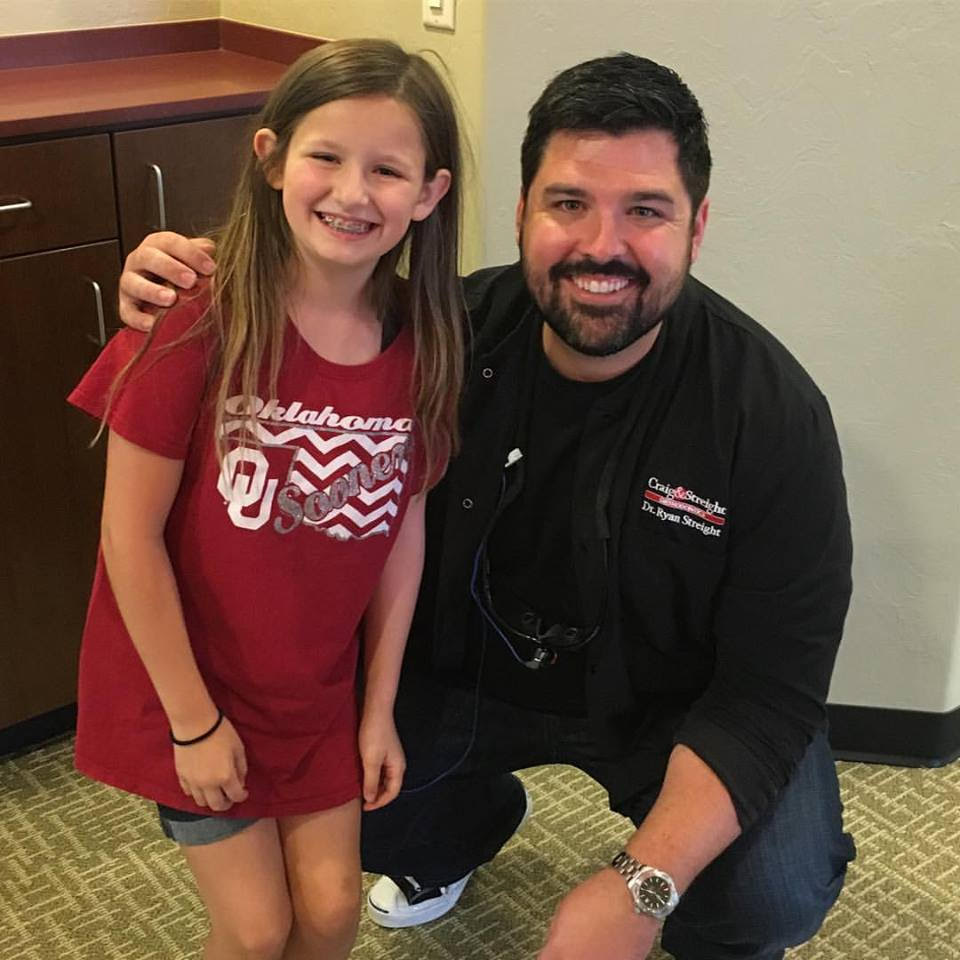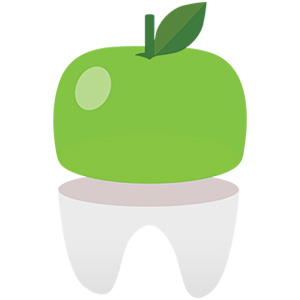
Today we have a guest post from Dr. Ryan Streight of Craig & Streight Orthodontics. His practice has offices in Oklahoma City, Mustang and Norman, Oklahoma. Dr. Streight is a friend and fellow orthodontist who will be talking about the age kids should first see an orthodontist for an assessment.
Thanks for inviting me to post on your blog, Dr. Khanna! I know a question I hear fairly often at my own practice and I’m sure you do as well is: What age should my child visit an orthodontist? Well, the American Association of Orthodontists recommends kids see an orthodontist for a check-up no later than age seven. While that may seem pretty young, there are a number of reasons why this early evaluation is necessary.
Why Should Kids Have an Orthodontic Evaluation at Age Seven?
At around age seven, most kids have their first permanent molars and incisors. This lets us get a good idea of how their teeth and bite are developing. While everything may look fine, as orthodontists, we’re trained to spot subtle emerging issues letting us prevent them from occurring altogether or intervening and stopping them from getting worse.
These early visits don’t automatically mean braces for young kids. Most of the time, it’s just an observational period and we keep an eye on your child, monitoring their growth and development, and let you know when the time is right to start treatment. Kids also get the opportunity to develop a rapport with the doctor and become comfortable with the office.
If we do see red flags and early orthodontic treatment is indicated, because your child is still growing and has some of their baby teeth, we’re able to guide jaw growth and the eruption of the remaining permanent teeth. This often helps kids avoid surgery, extractions or lengthy treatment later in life.
What Happens at a Child’s First Orthodontic Visit?
At your kiddo’s first visit to the orthodontist, they’ll get to check out the office and then if necessary they’ll have digital x-rays taken. The orthodontist will perform a thorough exam and chat with you about things like your child’s oral health history, whether or not they have any habits, such as thumb sucking, and your concerns. Here are some of the issues we’re looking for:
- Front teeth that stick out
- Early loss of baby teeth, whether from injury or tooth decay
- Extremely crowded and misaligned teeth (remember, the permanent teeth are larger than the primary teeth and will need space to come in)
- A significant crossbite, underbite or overbite
- Teeth that don’t touch at all when your child closes their mouth
- Habits, including thumb sucking and tongue thrusting.
Like I noted earlier, most of the time, things will look okay and we’ll schedule your child for a future appointment so we can continue to monitor them over the years. At both my practice and Fresh Orthodontics, these early visits are complimentary. When we think your child has reached a point where they can really benefit from treatment, we’ll let you know.
What is Interceptive Orthodontic Treatment?
When a child is diagnosed with certain orthodontic issues, especially if they’re skeletal in nature like an underbite, or we see signs of impending crowding, interceptive orthodontic treatment might be indicated. Interceptive orthodontic treatment, sometimes called early orthodontic treatment, is when a child kicks off treatment while they still have baby teeth. Basically, an orthodontist like Dr. Khanna or I use appliances to guide a child’s facial growth, as well as the width of their arches and make space for the permanent teeth to come in properly. It’s called interceptive orthodontic treatment because we’re intercepting the problem early on before it becomes severe. Since kids are still growing, we can much more easily manipulate their teeth and jaws.
Often, early orthodontic treatment is part of a two-phase treatment plan. During Phase 1 orthodontic treatment, we use appliances, such as an expander or, occasionally, even braces, to guide growth. Then, when we achieve our goals, kids will wear a retainer before taking a break to allow the rest of the primary teeth to fall out naturally. If necessary, during Phase 2 treatment when all of their permanent teeth are in, they’ll wear braces or Invisalign Teen. Typically, Phase 2 is much shorter than it would have been had the patient not received Phase 1 orthodontic treatment.
What are the Benefits of Early Orthodontic Treatment?
Is early orthodontic treatment worthwhile? Yes! If early orthodontic treatment is needed, it can have a seriously positive impact on your child. Some of the benefits include:
- Making room for the permanent teeth to come in correctly
- Correcting facial asymmetries by guiding jaw growth
- Fixing crossbites
- Preventing impacted teeth (teeth getting stuck in the bone)
- Shifting protruding teeth back to protect them from injury
- Breaking poor oral habits like tongue-thrusting and thumb sucking
- Helping kids chew and speak properly
- Warding off extractions
- Preventing the need for surgical correction down the road
- Reducing how long treatment lasts in the teen or adult years
- Boosting confidence and self-esteem
If you’re ready to schedule your child’s first orthodontic evaluation, book a complimentary consultation at Fresh Orthodontics Brooklyn. Or, if you happen to live in the OKC, Norman or Mustang area, or have family members that do, contact Craig & Streight Orthodontics.
About Dr. Ryan Streight
Dr. Ryan Streight attended the Oklahoma University College of Dentistry and then completed his orthodontic specialty training at the University of Tennessee at Memphis. Now, as a board-certified orthodontist and partner at Craig & Streight Orthodontics, he strives to provide his patients with the highest quality of service and care in a way that suits their lifestyle and needs.













